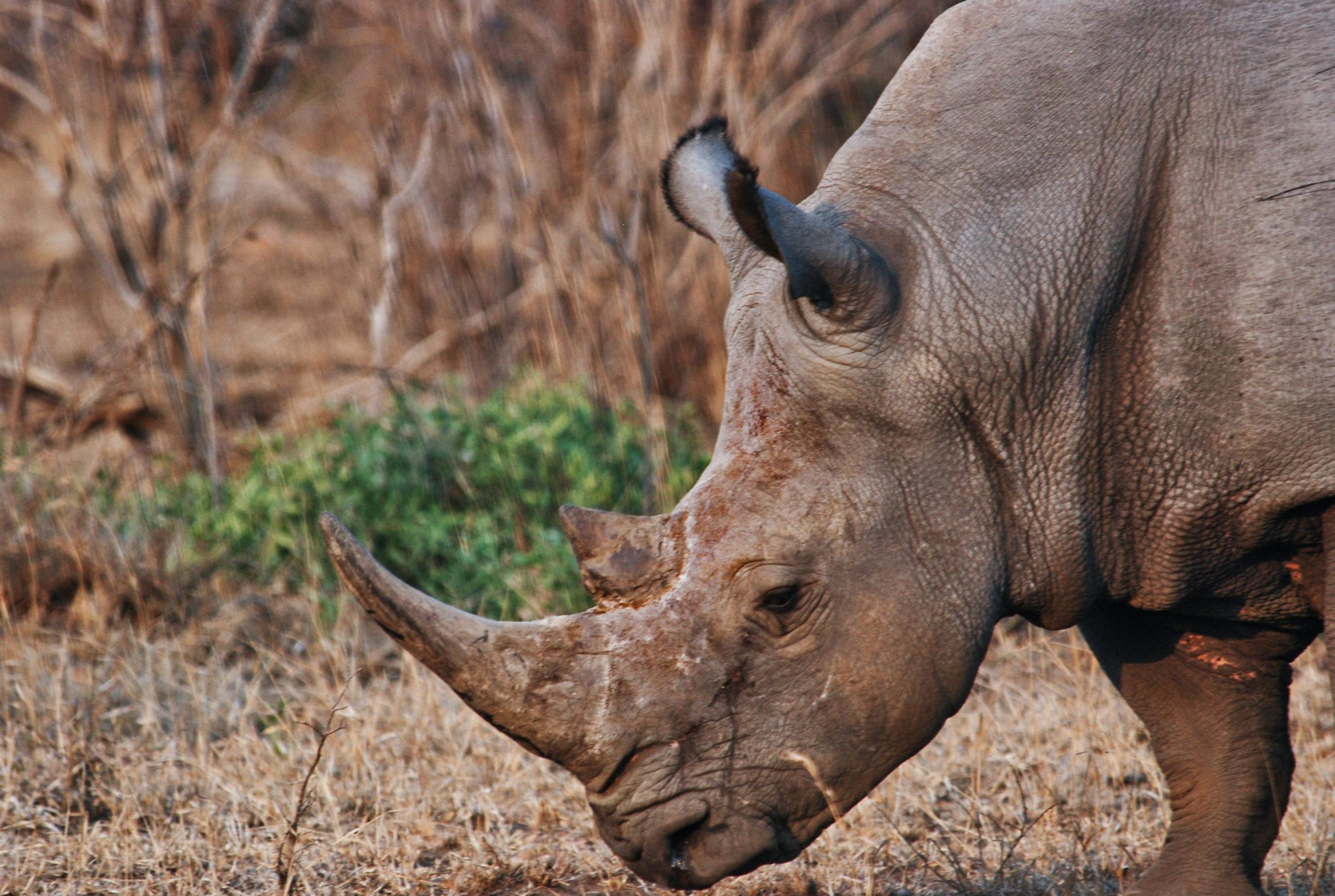News
Radioactive Rhino Horns: South Africa’s Bold New Weapon Against Poaching

A dangerous trade meets a nuclear deterrent
In the battle to save South Africa’s rhinos, scientists have decided to fight fire with fission. Researchers from the University of the Witwatersrand have developed a groundbreaking way to curb rhino poaching by injecting the animals’ horns with radioactive material.
It might sound like science fiction, but this real-world innovation could change the poaching game entirely. The method, part of the Rhisotope Project, does not harm the animals. Instead, it gives their horns a radioactive signature detectable by airport scanners and shipping inspection equipment.
Why does this matter? Because smugglers traffic rhino horn through major ports, often hidden inside shipping containers. With this radioactive marker, authorities worldwide can now identify and intercept illegal horn shipments before they reach black markets.
Why This Matters More Than Ever
South Africa is home to the largest rhino population on Earth, yet it also bears the brunt of the poaching crisis. Since 2021, over 400 rhinos have been killed each year for their horns. That’s more than one per day.
Rhino horn remains in high demand in parts of Asia, where it’s used in traditional medicine and as a status symbol. But South Africa’s white rhinos are already classified as threatened, and black rhinos are critically endangered.
“We’re losing ground,” said Professor James Larkin, one of the project’s leads at Wits University. “If we don’t try new approaches, those poaching numbers will only keep rising.”
The team spent six years researching and testing before confirming that the tiny dose of radioactive isotope was completely safe for the animals. A pilot study involving 20 rhinos showed no adverse effects.
Developed in partnership with the International Atomic Energy Agency, the technology costs around R5 million to implement but could prove priceless in saving the species.
Not the Silver Bullet, But a Serious Shot
While the innovation has drawn global attention, conservationists warn it won’t solve the crisis alone.
“This is innovative and much needed,” said Jamie Joseph, director of South African NGO Saving the Wild, “but stronger laws and political will are what will ultimately end this crisis.”
Still, she sees the Rhisotope Project as a powerful disruption tactic. “It makes it harder for traffickers to move horn undetected and gives experts better tools to track illegal routes.”
Jessica Babich, who leads the project at Wits, believes the tech can change the game:
“Our goal is to scale this up. If we can roll out Rhisotope tech widely, we’re not just protecting rhinos. We’re preserving a key part of Africa’s natural heritage.”
Reactions and What’s Next
Public and social media reactions have been a mix of awe, support, and curiosity. Some South Africans have jokingly called the radioactive horns “glow-ups for a cause,” while others remain cautiously optimistic.
Most agree on one thing: this level of innovation sends a strong message that South Africa is fighting back.
With early signs of success and growing international interest, other wildlife-heavy nations may adopt similar tech in their anti-poaching strategies.
The real challenge remains on the ground in law enforcement, policy, and public awareness. But one thing is clear: South Africa has just turned up the heat on poachers, and the world is watching.
Also read: White Farmers, Washington and the Weight of Words: How US Claims Are Reshaping South Africa’s Global Standing
Follow Joburg ETC on Facebook, Twitter, TikTok and Instagram
For more News in Johannesburg, visit joburgetc.com
Source: BBC
Featured Image: Pexels


























